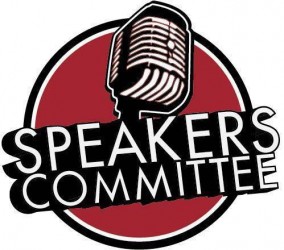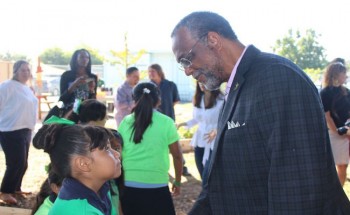When Jonathan Marcelino’s parents told him he could either own a computer or a cell phone, the decision was not difficult for the 17-year-old to make.
As the eldest of four children born to Mexican immigrants living on a tight budget in Nickerson Gardens, a Watts public housing project, Marcelino knew that although he would have liked to have a phone to regularly text friends, a computer would be more productive.
“Regardless of where I go, I want to study computer science,” he said. “I want to do cool stuff, make money and then do a nonprofit. That’s why you don’t see me running with a phone.”
The lack of exposure to technology and its practical applications in daily life is a reality many students living in and around South Los Angeles face, Marcelino said.










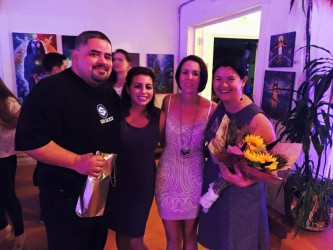
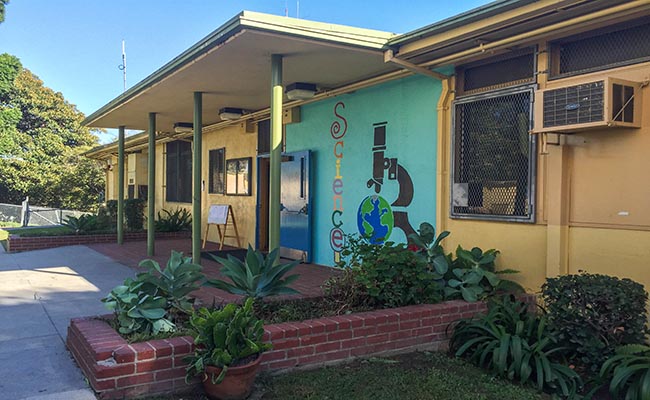
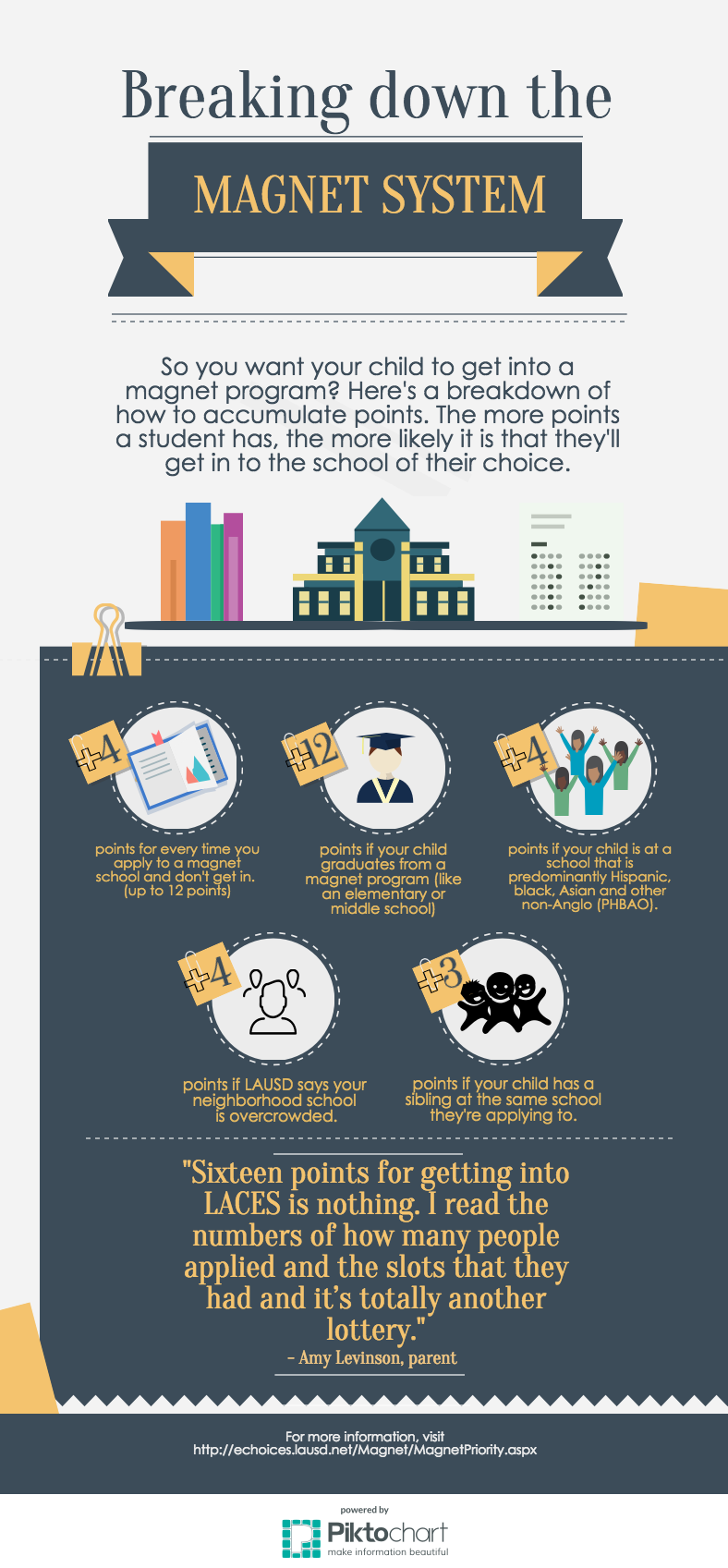 The stakes for magnet points got higher in 2011 when LACES officials made Mid-City their only feeder school. The decision meant that parents didn’t have to rely solely on one application year, but could automatically matriculate to LACES if they went to Mid-City. Students are also significantly more likely to get into Mid-City. Last year they had 189 applications for 61 spots, and a 32 percent acceptance rate—more than four times as high as LACES
The stakes for magnet points got higher in 2011 when LACES officials made Mid-City their only feeder school. The decision meant that parents didn’t have to rely solely on one application year, but could automatically matriculate to LACES if they went to Mid-City. Students are also significantly more likely to get into Mid-City. Last year they had 189 applications for 61 spots, and a 32 percent acceptance rate—more than four times as high as LACES